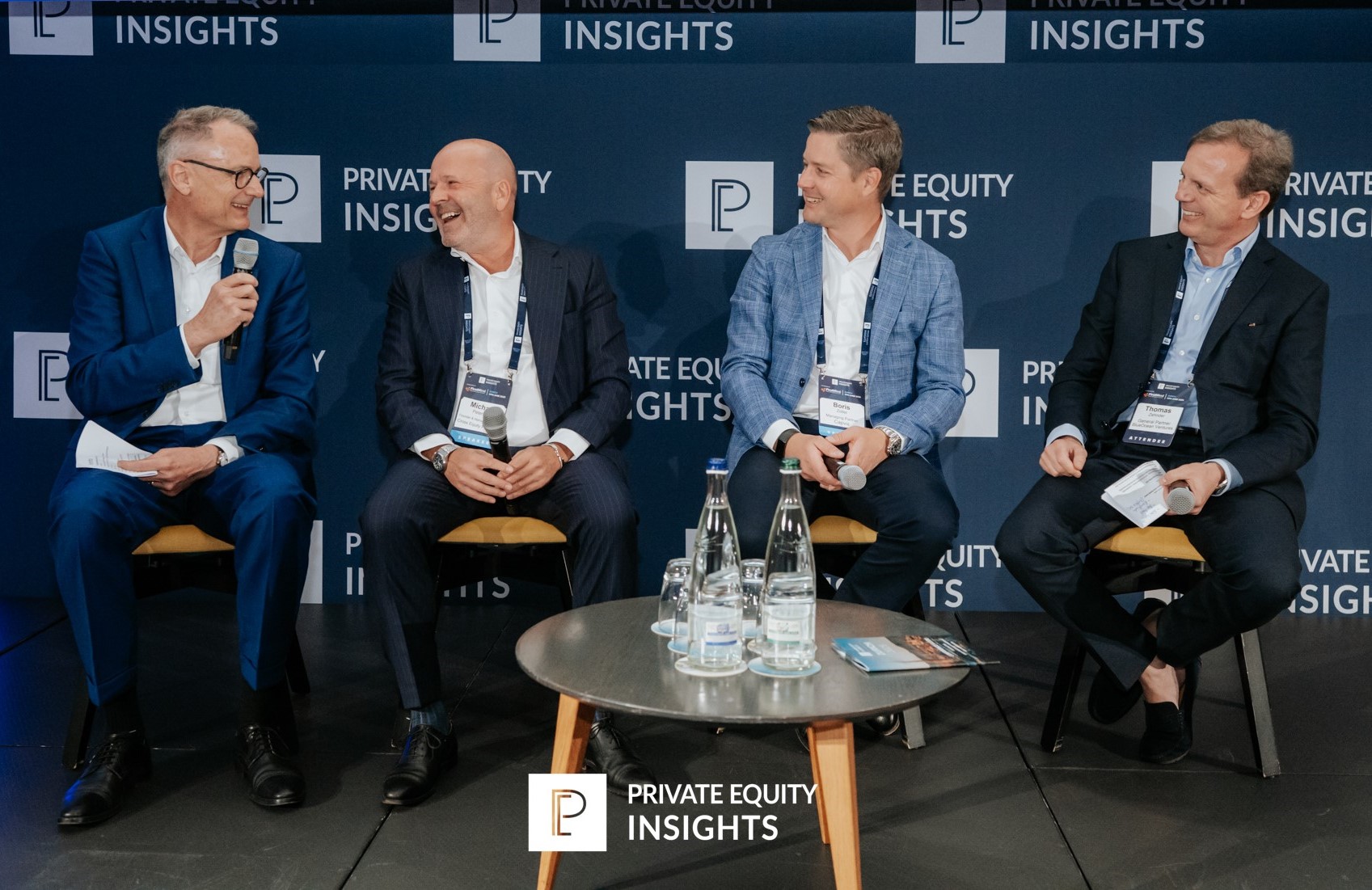
Most managers and employees view a merger or acquisition with fear and suspicion. They see it as a zero-sum game, where one party wins at the expense of the other. It’s a tough starting spot from which to build trust and collaboration needed for resolving a host of merger-related issues. In addition, according to Andros Payne of Humatica, “Buy & Build acquisitions merge organizations with different values, cultures and norms – perhaps even direct competitors with historical animosity. The risk of misunderstandings that lead to a breakdown of trust is huge,” And, once a first impression is made among the leaders of merging organizations, psychologists tell us anchored views are difficult to reverse. Subjective perceptions quickly become reality and can damage the integration and realization of synergies. So, getting the soft-factors right from the very beginning, to build trust and understanding, are a critical foundation for Buy & Build success.
The starting point is eliminating the risk of misunderstanding by providing objective, fact-based transparency to each management team and organization on how the other company operates. Up-front clarity on functional management processes, but also organizational structures, ways-of-working, values, norms, culture and behaviors is the basis for building trust and collaboration. Getting otherwise subjective factors about each organization on the table to begin with, eliminates the largest source of potential misunderstanding when the companies start to interact. Without objective facts, managers inefficiently try to piece together an understanding of the other company from fragments they pick-up during initial meetings and communications.
A best-practice case in point is Gilde Buy Out Partners’ successful consolidation of three US solar panel competitors: Ironridge, EcoFasten and Quickmount PV under the anchor ESDEC brand in 2019. Humatica was engaged as a neutral, third-party to conduct a group-wide organizational assessment including structures, processes, culture and incentives. According to Stijn Vos, CEO of the ESDEC Group, “Listening and learning about each company on a standalone basis prior to merging was the key to building trust among the management teams. All executives now agree, this was the right approach to get to the right outcome. We are still benefiting from the collaborative momentum started from the beginning”.
Another step to build trust and alignment is to jointly define and anchor a common vision and purpose. As in the case of ESDEC, the three acquired firms in the US, combined with the European companies, created the first international leader driving the residential solar power revolution – a motivating and inspiring common goal and purpose for all companies, managers and employees. According to Payne “jointly agreeing and communicating a motivating purpose creates a new feeling of excitement in the companies. That by working together, they can do something much bigger than any of the standalone firms could have done alone”. In the words of an ESDEC manager, they defined a “BHAG” (Big Hairy Audacious Goal) to inspire team members every day – a common purpose to put personal sacrifices and unavoidable, sometimes painful, organizational changes in a positive context to reduce risk.
Overcoming the “agency problem”, whereby managers act in their own self-interest rather than the interest of the merged company is also important for executing a successful merger integration. Andreas Knobloch of Humatica notes, “Solving the agency problem is critical for Buy & Build deals which need quick integration within a short holding period”. Providing equity stakes to leadership is a key lever with typically 10-15% of ordinary equity reserved for management. Aligning executive financial interests with the common purpose and merger milestones clearly helps.
How leadership manages the inevitable “moments-of-truth” in a merger also plays a role in building trust in the organization and the process. In particular, how are insecure leaders or those looking to (ab)use their power for personal advantage during the merger window dealt with? Executive actions in these cases speaks much louder than words. What senior leadership “does”, rather than what it “says” has a strong impact on culture, trust, collaboration and merger success. In particular, firing the right people in the wrong way is the surest method to derail the merger. The senior executive in charge of an integration needs high EQ to be able to interpret actions from the perspective of rank & file employees and make sure that changes send the right signals that promote constructive collaboration.
Buy & Build acquisitions are a great opportunity to arbitrage cultures. That is, taking the best of each firm’s culture and leaving the worst of each behind. If unmanaged, cultural differences are one of the main reasons why mergers fail. But “culture” is too broad a term and can mean many things. It’s therefore critical to break culture down to actionable unique behaviors, beliefs and decision-processes that can be compared and engineered in the merged company. The first step is to gain fact-based transparency on each company’s organization and culture. From this, the joint management can collectively define the culture they want to create, and document it. According to Knobloch, “once defined, the culture should be translated into concrete expectations for behaviors and anchored in collective values”.
Merger success is based on jointly making and implementing many good decisions on everything from leadership structures down to which suppliers to use for office supplies. The foundation for this is trust between the merging organizations at all levels – but clearly, starting at the top. Objective, fact-based transparency on each company’s strengths, weaknesses, culture, structures, processes and norms is the starting spot for avoiding misunderstanding and building trust. It’s the basis for engineering a collaborative merger that delivers on the promise of Buy & Build value growth.
Click here to read the 5th and final article on Integration Governance.
Thanks to Andros Payne and Louis de Guyenro for co-authoring this article. Louis’s master thesis on Buy & Builds at École polytechnique fédérale de Lausanne (EPFL) in collaboration with ESDEC and Gilde Buy Out Partners has laid the foundation for this article series.

Resilience isn’t a buzzword anymore—it’s the make-or-break factor for portfolio companies navigating today’s volatility. That was the takeaway from the standout panel at the PE…
Read more
Rightsizing an organization is never easy. But, it is a normal process as firms adapt to changing market requirements. More recently, higher interest rates, AI…
Read more
The promise of AI and turbulence introduced by the Trump tariffs have renewed focus on rightsizing and efficiency improvement as levers for value creation and…
Read moreReceive our news and valuable perspectives on organizational effectiveness each month.